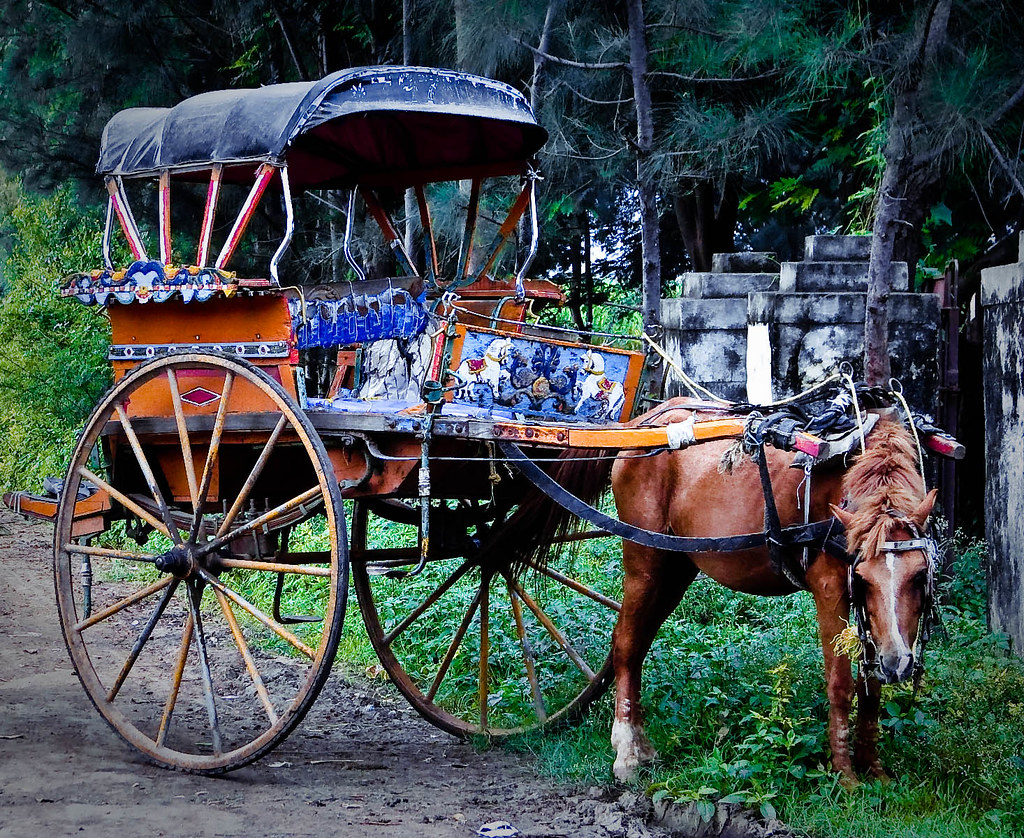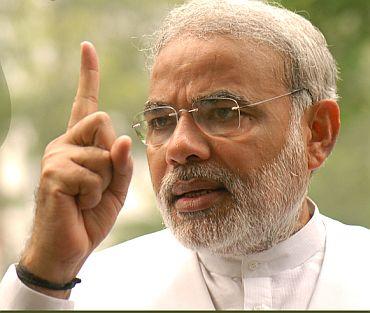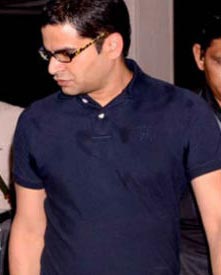I can just imagine people across the South going. "You know what, people in New York are not that different from us after all!" What do they know!
I won an election in the South before Bobby Jindal won an election in the South, even though mine was much smaller, but still, it counts. I know a thing or two about the South.
When Trump badmouthed McCain, people were like, this is it, the Trump balloon will burst now. I did not agree. How do you think W beat McCain in South Carolina in 2000?
Donald Trump is a serious dude with a sense of humor. A lot of people mistake his sense of humor and don't take him seriously, me among them. The Trump balloon will burst, but now is not the time. Not enough damage has been done. For one, I don't expect the guy to have done his policy homework. It takes a lifetime of preparation to run for president. The Donald started just a few weeks ago. What does he think America is? A bankrupt company?
Much of The Donald's high flying in the polls is his talking stupid. Not even Bobby Jindal is being able to compete! (Did I hear Bobby say the Confederate Flag is his pride? Bobby, where are we here?)
The Donald Is Plenty Smart
The Trump's Trump Card
Friends Of Hillary: On Both Sides?

Wait until they find out The Donald's hair is fake. One thing they can stand in the South is that your hair is fake and you are running for president.
I won an election in the South before Bobby Jindal won an election in the South, even though mine was much smaller, but still, it counts. I know a thing or two about the South.
When Trump badmouthed McCain, people were like, this is it, the Trump balloon will burst now. I did not agree. How do you think W beat McCain in South Carolina in 2000?
Donald Trump is a serious dude with a sense of humor. A lot of people mistake his sense of humor and don't take him seriously, me among them. The Trump balloon will burst, but now is not the time. Not enough damage has been done. For one, I don't expect the guy to have done his policy homework. It takes a lifetime of preparation to run for president. The Donald started just a few weeks ago. What does he think America is? A bankrupt company?
Much of The Donald's high flying in the polls is his talking stupid. Not even Bobby Jindal is being able to compete! (Did I hear Bobby say the Confederate Flag is his pride? Bobby, where are we here?)
The Donald Is Plenty Smart
The Trump's Trump Card
Friends Of Hillary: On Both Sides?

Wait until they find out The Donald's hair is fake. One thing they can stand in the South is that your hair is fake and you are running for president.

































